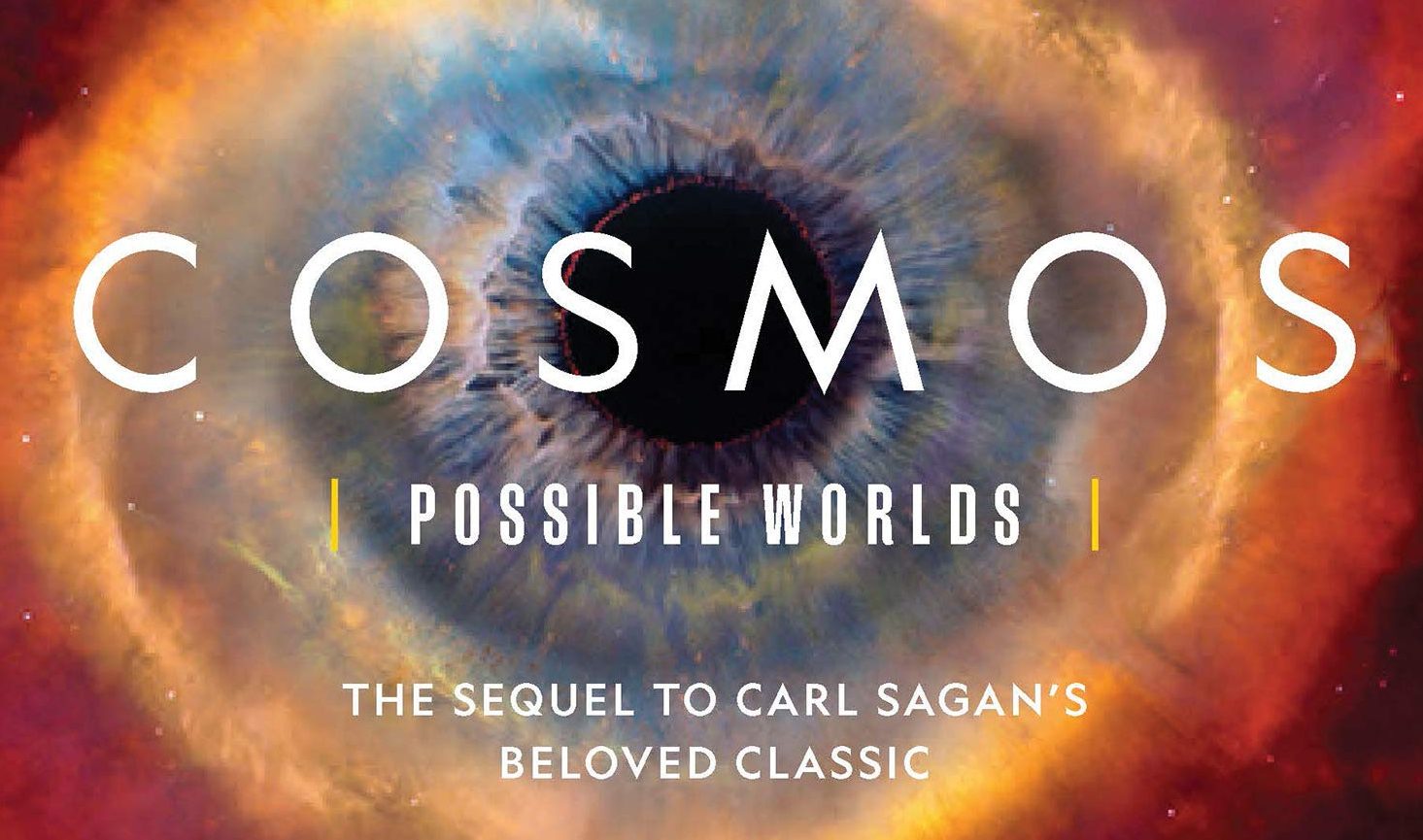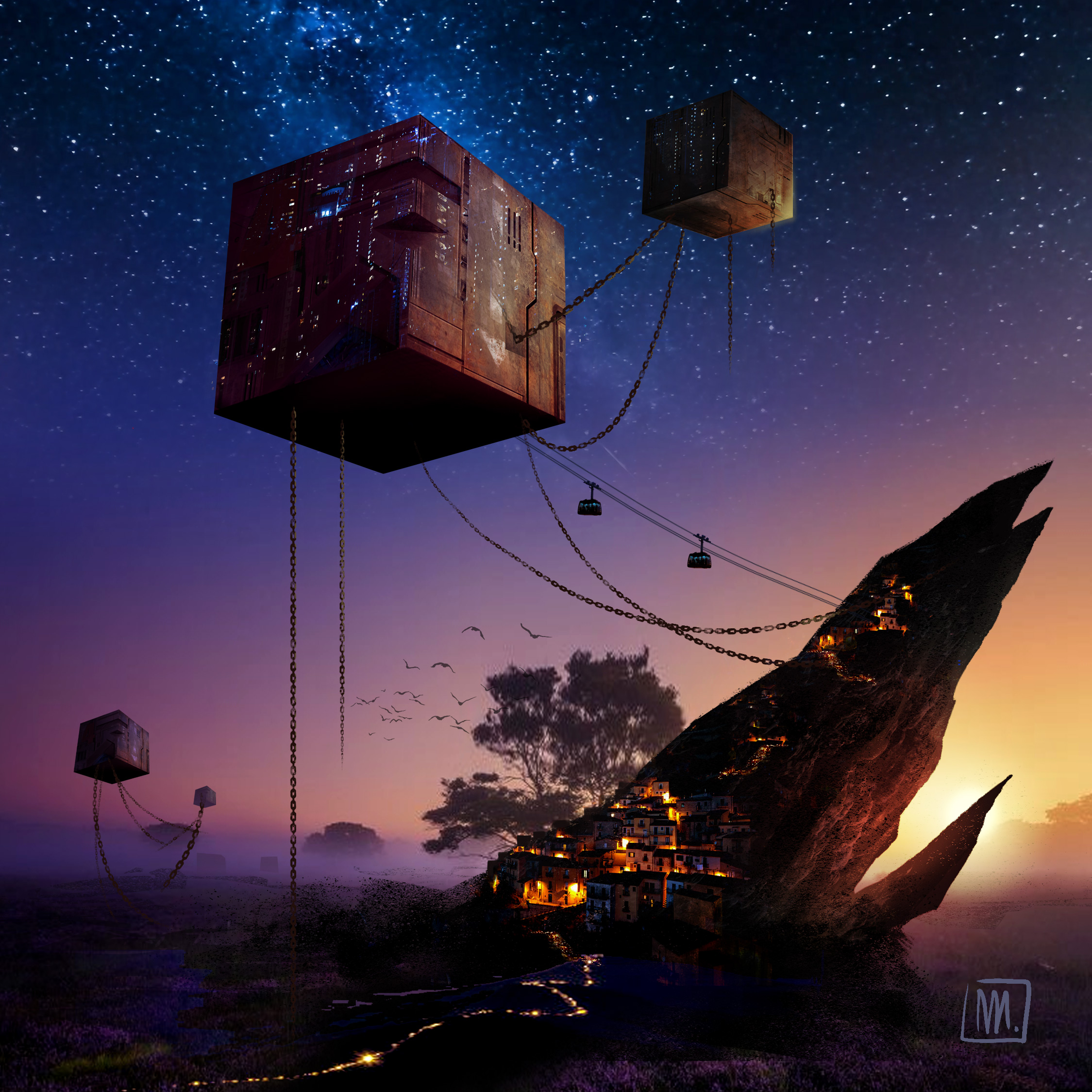
Cosmos – Possible Worlds
I just watched the first two episodes of Cosmos season 2 (or 3, if you count the original Carl Sagan series). Here’s some of the questions it triggered:
- Do animals “art”?
I’m looking for instances where ‘art’ exists for its own sake rather than for the sake of attracting a mate. Humans can play music, draw or paint, use poetry or create sculpture for no other reason than aesthetic pleasure, or mindlessness, or idle pastime rather than necessity. Also, I”m not judging ‘art’ by human standards, but the equivalent by animal standards. It turns out animals *can* play and have fun (for reasons not directly attached to ‘learning to fight’ etc). So why can’t they exercise their artistic sensibilities?
Humans can play music, draw or paint, use poetry or create sculpture for no other reason than aesthetic pleasure, or mindlessness, or idle pastime rather than necessity. Also, I”m not judging ‘art’ by human standards, but the equivalent by animal standards. It turns out animals *can* play and have fun (for reasons not directly attached to ‘learning to fight’ etc). So why can’t they exercise their artistic sensibilities?
A first search turned this up: Animals and Art. - Are we (still) a nomadic species?
Or perhaps it’s the wrong question, and it’s less about being nomadic and more about being adaptable and expansive when needed. - What if life is a spectrum rather than binary?
By this, I meant that what if life is not a binary state (alive – not alive) but rather a whole spectrum in between. What if our definition of what qualifies as ‘alive’ needs revising, the more we learn about the world around us. “It must have a heart”. Do jellyfish have hearts? “It must have a brain” – but does the ‘blob’ have a brain? “It must reproduce” – but what about that ‘immortal’ jellyfish, that instead of reproducing it regenerates constantly? So I got curious to look up what the changing definition of ‘alive’ has been through the ages, where it’s at right now, and how it could change in the future. It’s also partly because I wonder – if there is other life in the universe… will we recognise it, if we’re only looking for carbon-based lifeforms? What if the combination of chemicals that sprouts ‘life’ in other planets is different to ours, so we don’t see it? Would we come across electric bacteria and not realize there’s life in them?
Let’s consider viruses:
“Viruses are not living things. Viruses are complicated assemblies of molecules, including proteins, nucleic acids, lipids, and carbohydrates, but on their own they can do nothing until they enter a living cell. Without cells, viruses would not be able to multiply. Therefore, viruses are not living things.”
Besides, our view of ‘life’ is quite carbon-centric. What does an ammonnia-based lifeform look like? Would we recognise ‘life’ if it came in a format as alien to us as vision or sound might be to a single cell organism?
Here’s an interesting read. - What are the consequences if conscience is a byproduct of electromagnetic activity? This leads to the question of ‘if conscience is a byproduct, then what other types of conscience exist, as byproduct of other processes’?
- What are examples (in the wild) of emotional attachment between different animal species? There is a great video of a coyote and a badger going to hunt together, it’s quite sweet.
- We humans are basically fish out of water. How far will we stray from it? How much will we evolve in our interplanetary quest? Can we even imagine, just like amoebas could never imagine it would become a human?
- What if we’re just like ants, with our expanding ant hills and complex societies? What if we’re like an invasive type of Fire ants or Alleghany Mound Ants, destined to aggressively expand and consume?
Happy to hear your thoughts on any of the above ![]()
(Visited 10 times, 1 visits today)


